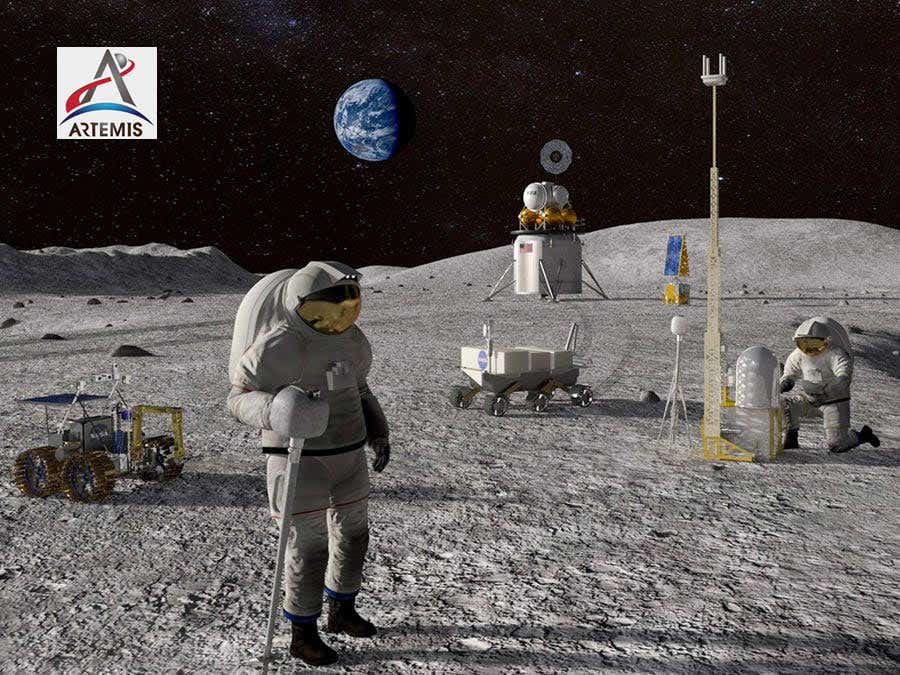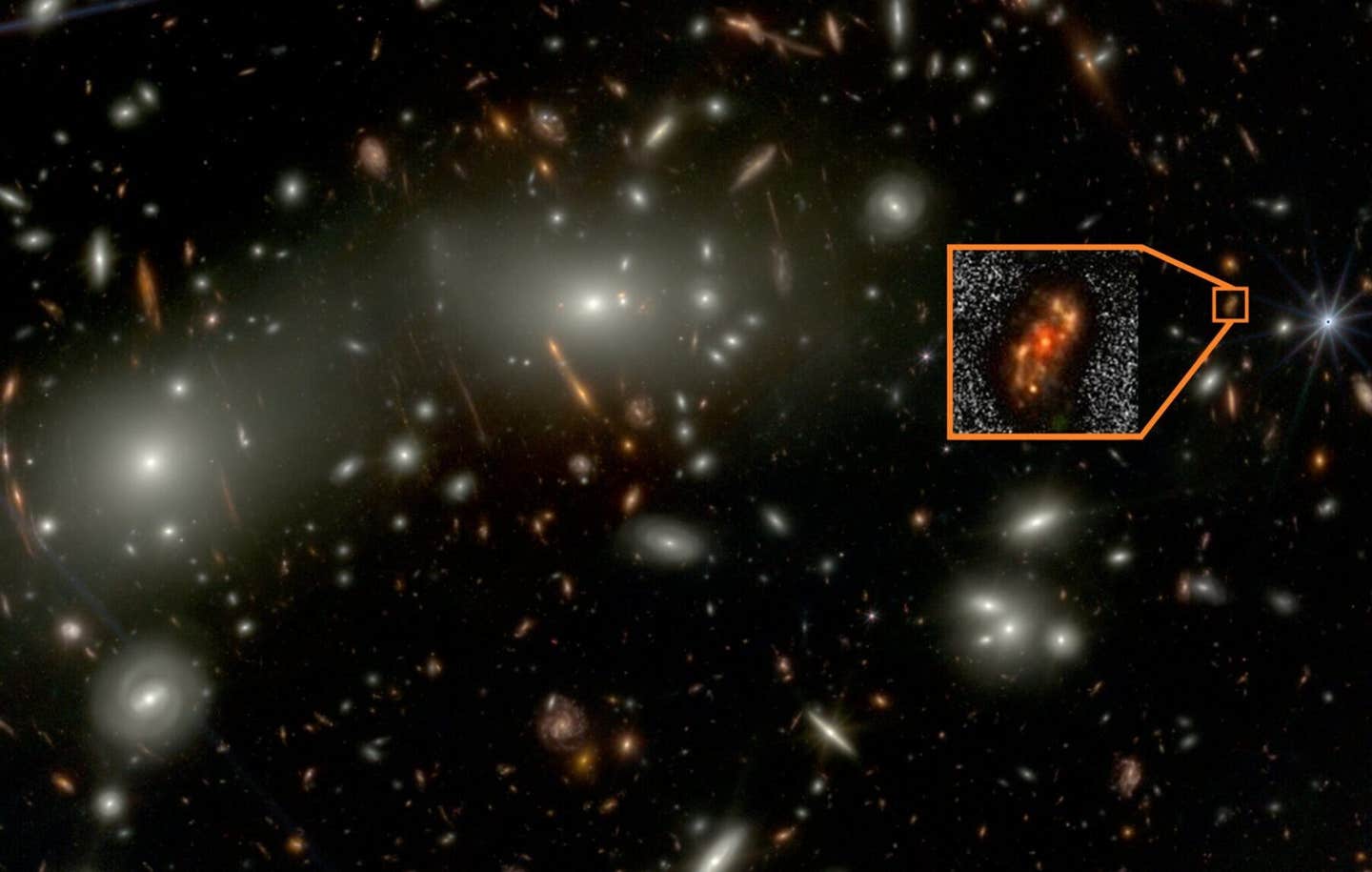NASA unveils $28 billion plan to land first woman, next man on the moon in 2024
NASA has released its $28 billion plan to land the first woman and the next man on the moon in 2024.

[Sept. 22, 2020: N'dea Yancey-Bragg]
NASA has released its $28 billion plan to land the first woman and the next man on the moon in 2024.
The mission, part of NASA's Artemis plan, would mark the first time humans would land on the lunar surface since 1972. NASA Administrator Jim Bridenstine said astronauts are returning to the moon "for scientific discovery, economic benefits and inspiration for a new generation of explorers."
“With bipartisan support from Congress, our 21st century push to the Moon is well within America’s reach,” Bridenstine said in a statement. “As we build up a sustainable presence, we’re also building momentum toward those first human steps on the Red Planet.”
Astronauts will travel to the lunar surface using NASA's powerful new rocket, the Space Launch System and the Orion spacecraft after a series of final tests this fall. The agency will then launch two test flights around the moon, one unmanned mission in 2021 and the second with a crew in 2023.
In 2024, astronauts will travel 240,000 miles to the moon's orbit and use a new commercial human landing system to travel from the Orion spacecraft to the lunar south pole and back again for the first time.
Over nearly a week, astronauts will collect samples, conduct science experiments and search for resources such as water that can be potentially be extracted and converted into oxygen and fuel. The mission will allow for a slow build up of infrastructure and the development of Artemis Base Camp for long-term exploration of the moon later in the decade.
The $28 billion plan hinges on acquiring $3.2 billion for a human landing system, BBC News reported. The House of Representatives has passed a bill approving $600 million for the lunar lander and NASA has awarded three American companies, including SpaceX, $967 million to design and develop it.
"I want to be clear, we are exceptionally grateful to the House of Representatives that, in a bipartisan way, they have determined that funding a human landing system is important - that's what that $600 million represents," Bridenstine told the BBC. "It is also true that we are asking for the full $3.2 billion."
This Brighter Side of News post courtesy of USA Today.
Like these kind of stories? Get The Brighter Side of News' newsletter.



